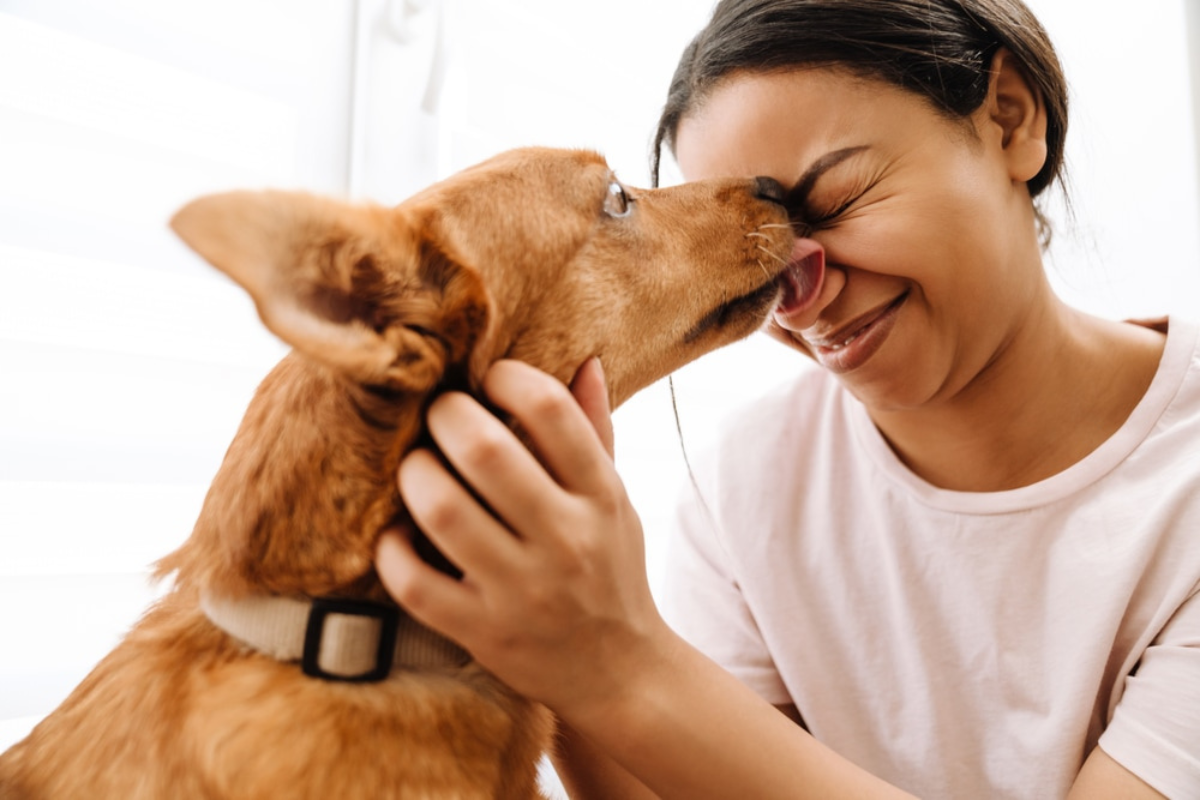
Introduction
Dogs use licking as a way to communicate, bond, and sometimes to soothe themselves. While the occasional lick is completely normal, excessive licking can be a sign of deeper physical or emotional issues. Understanding why dogs lick—and when it becomes too much—can help you better care for your furry friend.
1. Why Dogs Lick: A Natural Instinct
From the time they are puppies, dogs learn to lick for comfort and nourishment. This behavior carries into adulthood as a way to show affection, explore their surroundings, or interact with their owners. Licking can also release feel-good chemicals in the brain, creating a calming effect.
2. When Licking Becomes Excessive: Behavioral Reasons
- Anxiety or Stress Relief – Dogs may lick themselves or objects to self-soothe when they feel nervous or stressed.
- Compulsive Behavior – In some cases, licking becomes a habit or obsessive behavior, similar to repetitive actions in humans.
- Attention-Seeking – If a dog learns that licking gets a reaction—positive or negative—they may repeat the behavior to gain attention.
3. Physical Causes of Excessive Licking
- Digestive Upset – Nausea or stomach discomfort can trigger excessive licking.
- Pain or Discomfort – Dental pain, skin irritation, or arthritis can cause dogs to lick affected areas.
- Allergies & Skin Conditions – Itchy skin caused by allergies, fleas, or infections can lead to persistent licking, especially of the paws or belly.
4. Potential Consequences
Constant licking can result in:
- Lick Granulomas – Thickened, irritated patches of skin that can become infected.
- Hair Loss & Skin Damage – Continuous moisture and friction can lead to raw, inflamed areas.
5. Licking as a Calming Signal
Dogs sometimes lick to calm themselves—or even their owners—during stressful situations. This behavior is part of their natural communication and can indicate empathy or submission.
6. When to Be Concerned
Seek veterinary advice if:
- The licking is frequent or obsessive.
- It focuses on one spot.
- There are open wounds, swelling, or foul odor.
- Your dog’s behavior changes suddenly.
What You Can Do
- Observe patterns – Note when and where your dog licks.
- Rule out medical issues – Schedule a vet exam if licking is persistent or new.
- Address behavioral triggers – Provide mental stimulation, exercise, and reduce sources of stress.
- Use positive training – Redirect licking behavior with toys, treats, or interactive games.
Final Thoughts
Licking is a natural part of a dog’s behavior, often showing affection, curiosity, or a way to relax. However, when it becomes excessive, it can signal an underlying medical or emotional concern. By identifying the cause and addressing it promptly, you can help your dog stay happy, healthy, and comfortable.
